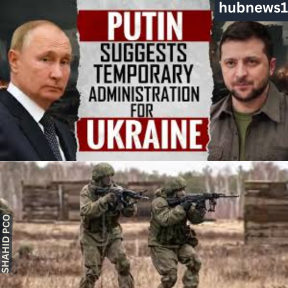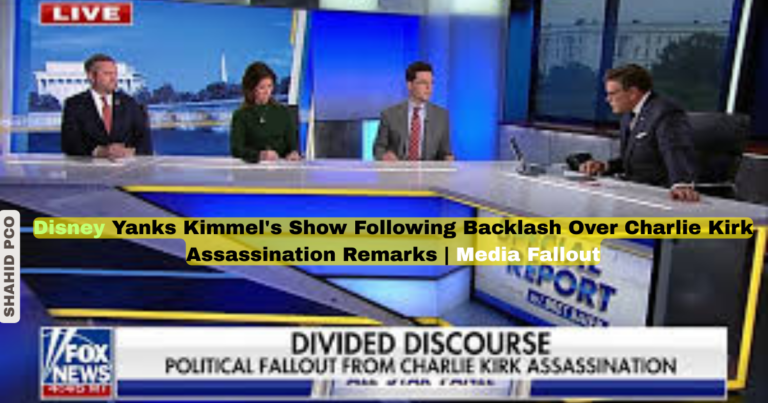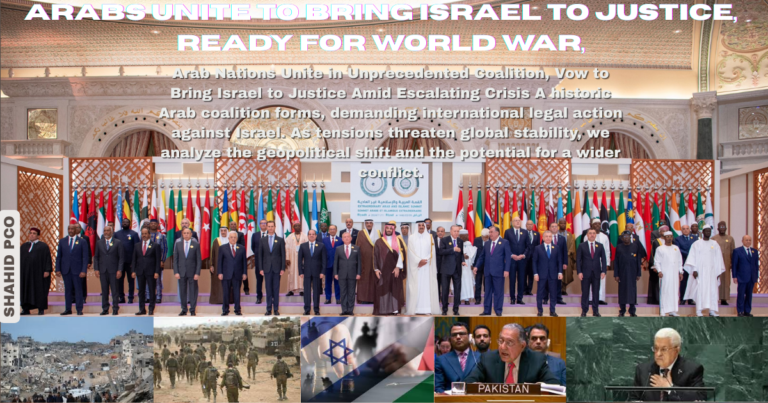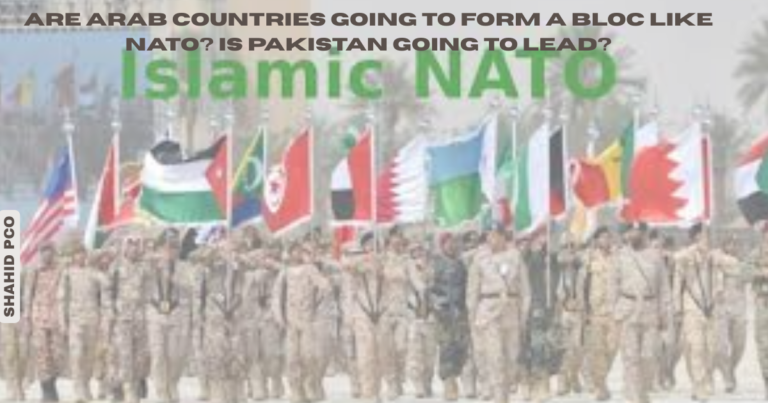
russian ukraine:Putin Suggests Temporary Administration for Ukraine to End War
Introduction
The ongoing conflict between Russia and Ukraine has caused immense suffering, displacement, and geopolitical tension. As the war drags on, diplomatic efforts to find a resolution continue. Recently, Russian President Vladimir Putin proposed the idea of a temporary administration in Ukraine as a potential path toward peace.
This suggestion has sparked mixed reactions worldwide. Some see it as a possible step toward ending the violence, while others view it as a strategic move by Russia to consolidate influence. In this article, we’ll explore Putin’s proposal, its implications, and whether it could truly lead to a lasting peace.
Understanding the Proposal
What Did Putin Suggest?
Putin’s proposal involves establishing a transitional government in Ukraine, which would temporarily oversee the country until a more permanent political solution is reached. Key aspects of the plan include:
- Ceasefire & Negotiations – A halt to military operations to allow diplomatic talks.
- Interim Leadership – A neutral or joint administration to manage Ukraine during the transition.
- Security Guarantees – Possible international oversight to ensure stability.
The idea is not entirely new—similar concepts were discussed in earlier peace talks, but disagreements over sovereignty and territorial control have stalled progress.
Why Now?
Several factors may have influenced Putin’s timing:
- Military Stalemate – Both sides have faced heavy losses without decisive victories.
- Economic Strain – Western sanctions and war costs are affecting Russia’s economy.
- International Pressure – Growing calls for peace from global leaders and organizations.
By proposing a temporary administration, Putin may be testing Ukraine’s and the West’s willingness to compromise.
Possible Motivations Behind the Plan
1. A Genuine Peace Effort?
If taken at face value, the proposal could signal Russia’s openness to de-escalation. A temporary administration might provide a framework for:
- Humanitarian Relief – Safe corridors for aid and refugee returns.
- Rebuilding Trust – A neutral body could mediate between conflicting parties.
- Long-Term Solutions – Time to negotiate borders, security, and political representation.
2. A Strategic Pause for Russia?
Skeptics argue that Russia may use a temporary administration to:
- Consolidate Gains – Strengthen control over occupied territories.
- Weaken Ukraine’s Government – Undermine Kyiv’s legitimacy by promoting alternative leadership.
- Divide Western Support – Create disagreements among Ukraine’s allies over peace terms.
3. Domestic & Global Messaging
For Putin, this move could also be about:
- Appealing to War Fatigue – Russians and Ukrainians alike are weary of prolonged conflict.
- Positioning Russia as Peacemaker – Shifting blame to Ukraine if they reject the offer.
- Preparing for Post-War Scenarios – Ensuring Russia has a role in Ukraine’s future governance.
russian ukraine
How Has Ukraine Responded?
Ukraine’s leadership has been cautious. President Volodymyr Zelensky has previously stated that any peace deal must respect Ukraine’s sovereignty and territorial integrity. Key concerns include:
- No Compromise on Occupied Lands – Ukraine insists on reclaiming all territories, including Crimea.
- Fear of Russian Influence – A temporary administration could allow Moscow to install pro-Russian figures.
- Demands for War Crimes Accountability – Ukraine wants justice for atrocities committed during the invasion.
Without guarantees on these issues, Kyiv is unlikely to accept Putin’s proposal as it stands.
russian ukraine
International Reactions
Western Allies: Skepticism & Conditions
The U.S. and EU have reacted cautiously, emphasizing:
- Ukraine’s Right to Self-Determination – Any administration must be chosen by Ukrainians, not imposed.
- No Reward for Aggression – Russia shouldn’t gain politically from its invasion.
- Continued Military Support – Arms shipments to Ukraine may persist until a credible peace deal is reached.
Neutral & Pro-Russian Views
Some countries (China, Turkey, etc.) have called for dialogue, seeing the proposal as a potential starting point. Meanwhile, Russian allies (Belarus, Syria) support the plan as a way to end hostilities.
Could This Lead to Real Peace?
Potential Benefits
- Reduced Bloodshed – A ceasefire would save lives.
- Humanitarian Improvements – Better aid access for war-torn regions.
- Diplomatic Opening – A chance for further negotiations.
Major Challenges
- Trust Deficit – Both sides accuse each other of bad faith.
- Disputed Territories – Who controls Donbas, Crimea, and other regions?
- External Influences – Western and Russian interests may clash over Ukraine’s future.
Alternative Scenarios
- Frozen Conflict – A temporary deal could lead to a prolonged stalemate (like in Moldova or Georgia).
- Renewed Fighting – If negotiations fail, escalation could resume.
- Regime Change Dynamics – Political shifts in Russia or Ukraine could alter the war’s course.
Conclusion: A Path Forward?
Putin’s suggestion of a temporary administration offers a possible, though controversial, way to end the war. Whether it succeeds depends on:
- Ukraine’s Willingness to Negotiate – Can compromises be made without sacrificing sovereignty?
- Russia’s True Intentions – Is this a sincere peace effort or a tactical maneuver?
- International Mediation – Can neutral brokers (UN, Turkey, etc.) help bridge the gap?
For now, the world watches closely. The hope remains that diplomacy, rather than destruction, will eventually prevail.
What Do You Think?
Do you believe a temporary administration could bring peace, or is it a trap? Share your thoughts in the comments!
Open this link to read more articles.
#UkraineWar #RussiaUkraine #PeaceTalks #Putin #Zelensky #Diplomacy
Copyright hubnews1 Recorder, 2025





1 thought on “russian ukraine:Putin Suggests Temporary Administration for Ukraine to End War”